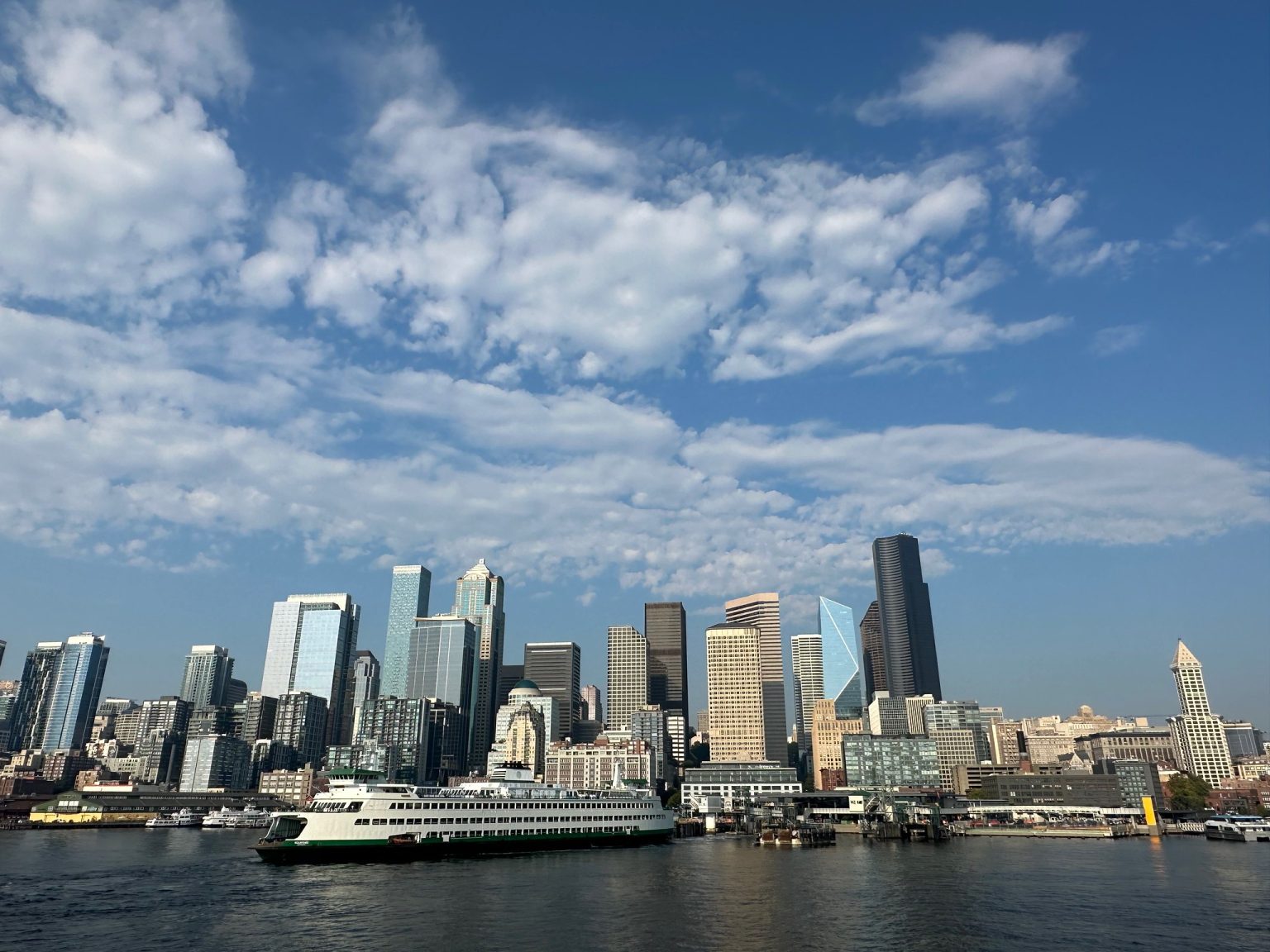Seattle, with its population of 755,078, has been ranked as the 13th fastest-growing big city in the United States, falling out of the top 10 as per the new U.S. Census Bureau data released recently. Despite the slight decline in growth rate to 0.8%, Seattle’s population growth is still commendable compared to cities experiencing a decrease in population, such as New Orleans, St. Louis, and Philadelphia. The growth of the city is reflective of broader trends in the South, particularly in states like Texas and Florida where cities like Atlanta, Fort Worth, and Raleigh are experiencing significant population growth.
Notably, Seattle has seen a massive change in its population growth compared to the previous decade, where the city’s population increased by 21% from 2010 to 2020. This growth was largely attributed to the booming tech industry, specifically the growth of Amazon, Microsoft, and the emergence of cloud computing. However, the recent downturn in the tech sector in 2022 and 2023 led to job cuts at major tech companies like Amazon, impacting the city’s overall population growth. Despite these challenges, Seattle remains the 18th most populous city in the U.S., positioned between San Francisco and Denver.
During the peak of the pandemic from July 1, 2020, to July 1, 2021, Seattle lost approximately 4,300 residents, a period when larger U.S. cities reported an exodus of remote workers to suburban and smaller towns. However, the following year saw a rebound as Seattle regained its growth momentum and became the fastest-growing big city in the U.S. from July 1, 2021, to July 1, 2022, with a net gain of about 17,750 people. The fluctuating population trends in Seattle reflect the broader impact of the pandemic on urban areas and the subsequent recovery.
The rapid growth of Seattle over the past decade has been characterized by a construction boom, as seen in the numerous cranes dotting the city skyline, and the transformation driven by the tech industry. The city’s profile was significantly enhanced by the growth of Amazon and other tech giants, which brought about an expansion of Silicon Valley engineering outposts in the region. While the recent tech downturn has posed challenges for Seattle’s population growth, the city’s resilience and strong economic foundation are likely to drive future growth as the economy recovers.
Seattle’s population trends highlight the dynamic nature of urban growth and the impact of economic factors on city demographics. Despite facing challenges such as job cuts in the tech sector and the impact of the pandemic, Seattle continues to attract residents and remains a key player in the tech industry. The city’s ability to adapt to changing circumstances and leverage its strengths, such as a diverse economy and a vibrant tech scene, will be key in sustaining its growth trajectory in the coming years. As Seattle navigates the post-pandemic recovery and addresses the evolving needs of its population, it will be essential to focus on innovation, resilience, and inclusivity to build a thriving and sustainable urban environment for all residents.


